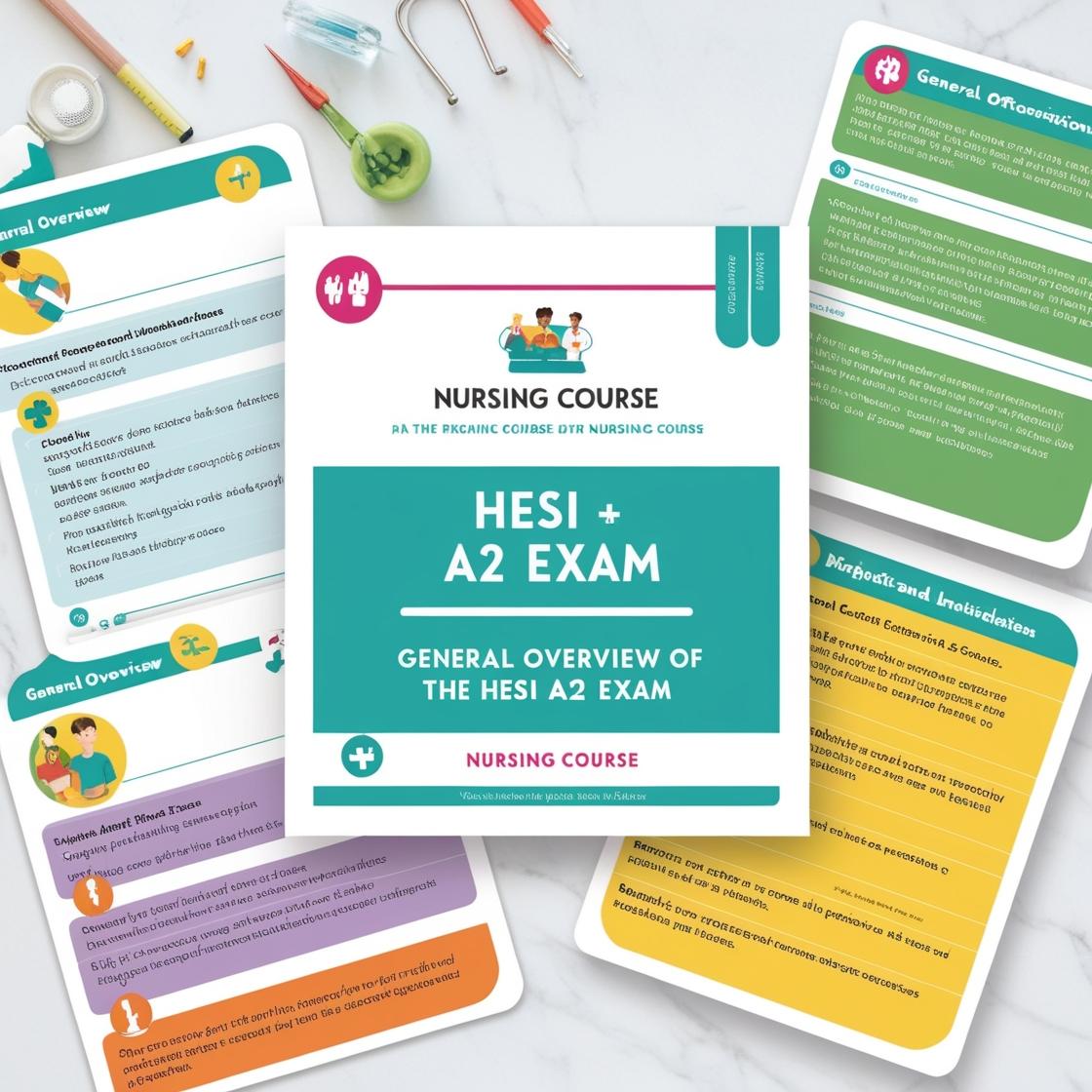HESI A2
HESI A2 Biology Practice Test 2024
1. What type of cells are involved in meiosis (sex cells)?
- A. Somatic Cells
- B. Gametes
- C. Zygote
- D. Diploid Cells
Correct answer: B
Rationale: The correct answer is B, Gametes. Gametes are the specialized sex cells involved in meiosis, such as sperm and eggs. Somatic cells (A) are non-reproductive cells found in the body, not involved in meiosis. Zygote (C) is the result of fertilization, formed when gametes unite. Diploid cells (D) have two sets of chromosomes, but in meiosis, gametes are produced through a process of cell division that reduces the chromosome number by half to haploid.
2. What organelle do plant cells have that functions as storage, waste disposal, and protection?
- A. Nucleus
- B. Mitochondria
- C. Vacuoles
- D. Ribosomes
Correct answer: C
Rationale: Correct! Plant cells have vacuoles that serve as storage centers, help in waste disposal by containing and isolating harmful materials, and contribute to protection by storing toxic substances. The other choices are incorrect because the nucleus contains genetic material, mitochondria are responsible for energy production, and ribosomes are involved in protein synthesis.
3. What is the process by which cells divide to form two identical daughter cells?
- A. Mitosis
- B. Meiosis
- C. Binary Fission
- D. Cellular Division
Correct answer: A
Rationale: The correct answer is A, Mitosis. Mitosis is the process in which a cell divides to form two identical daughter cells. Choice B, Meiosis, is a type of cell division that results in four non-identical daughter cells with half the number of chromosomes. Choice C, Binary Fission, is a form of asexual reproduction used by prokaryotic organisms. Choice D, Cellular Division, is a general term that encompasses various processes of cell division, but specifically, mitosis refers to the division resulting in two identical daughter cells.
4. What helps the cell maintain its shape and allows it to adapt?
- A. Microfilaments
- B. Cytoplasm
- C. Cytoskeleton
- D. Centrioles
Correct answer: C
Rationale: The cytoskeleton is the correct answer. It provides structural support to the cell, helps maintain its shape, and enables it to adapt to different environments. Microfilaments are part of the cytoskeleton, but they alone do not encompass the entire cytoskeleton's functions. Cytoplasm is the fluid inside the cell where organelles are suspended and is not directly responsible for maintaining cell shape. Centrioles are involved in cell division and do not primarily contribute to maintaining the cell's shape and adaptation.
5. Which organelle is involved in the synthesis of proteins?
- A. Endoplasmic Reticulum
- B. Ribosomes
- C. Lysosomes
- D. Vacuoles
Correct answer: B
Rationale: Ribosomes are the organelles involved in the synthesis of proteins. They are the cellular machinery responsible for translating mRNA into proteins, making them essential for cell function and structure. The other organelles listed, such as the Endoplasmic Reticulum, Lysosomes, and Vacuoles, have different functions unrelated to protein synthesis. The Endoplasmic Reticulum plays a role in protein processing and transport, Lysosomes are involved in digestion and waste removal, and Vacuoles are responsible for storage and maintaining cell turgor pressure.
Similar Questions

Access More Features
HESI A2 Basic
$99/ 30 days
- 3,000 Questions with answers
- 30 days access @ $99
HESI A2 Premium
$149.99/ 90 days
- Actual HESI A 2 Questions
- 3,000 questions with answers
- 90 days access @ $149.99
